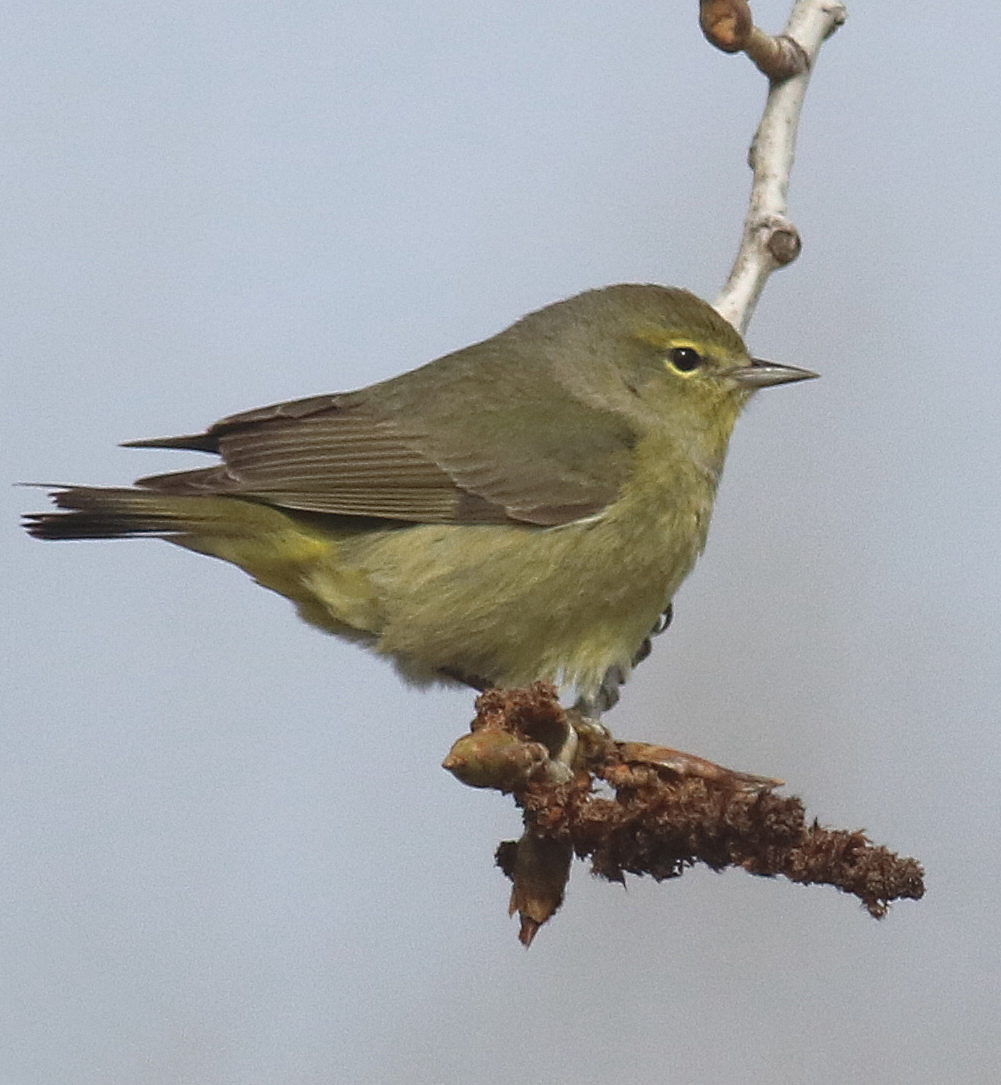
Learn more about Orange-crowned Warblers, or whatever birds interest you – especially those you see in your yard and in the field using All About Birds or Birds of the World.

Covering all birds found in North American, along with every species found worldwide, Birds of the World is the ultimate birders’ library (European Bee-eaters by Daniel Pettersson).
|
In the midst of a remarkable period of spring migration that features a broad variety of songbirds, shorebirds, and other species, many of us are seeing new “first of Spring” birds – perhaps an Orange-crowned Warbler, a flock of White-rumped Sandpipers, or a Swainson’s Hawk. That first sighting is exciting enough, but each species – new or familiar – should inspire us to learn more about them. First of all, where did they come from, and where are they going? That is, where do these birds spend our winter, and where is their nesting range? Is it in your area, or farther north?
Once we check on these simple questions, it opens the door to many other questions: Do they have different looking “winter” and “summer” plumages? Are females and males colored differently? What do they eat? What is their nesting behavior? What is the range of their clutch size and what do their eggs look like? These are natural questions for anyone, and luckily, today we have some excellent references at our finger tips to provide answers to these and many more questions that arise.
At the top of the list are 2 online information sources about birds that are provided by the leader in many ornithology-related topics, the Cornell Lab of Ornithology. To learn more about any birds in North America, you can refer to “All About Birds,” a Free online information source about birds. So back to Orange-crowned Warblers, learn more at Orange-crowned Warbler Overview, All About Birds, Cornell Lab of Ornithology about their foods, habitats, nesting behavior, and conservation; plus you can review photos, videos, song recordings, and range maps for Orange-crowns. While you are onsite, you can access information about any other North American birds by simply typing in the name of the species.
The other online option is Birds of the World, which comes highly recommended as a powerful resource that brings scholarly content into a single online website where birders and biologists can find comprehensive life history information about birds – essentially, all we know about each species in one location. Provided under a variety of interesting categories that include distribution, identification, behavior, diet, migration, habitat, conservation, and more; plus a variety of color photographs, illustrations, videos, and sound recordings.
Every bird has a story, and you can discover them all at Birds of the World, an online publication that describes all the birds found in North America, plus all 11,017 species of birds found worldwide. This is the most expansive bird library in the world, and it has a subscription service of $8 per month or $49 per year, with 10 percent off now. The relatively small fee is well worth it and if you sign up for a month, you can see just how valuable a resource it is. For an example, see European Bee-eater - Merops apiaster - Birds of the World